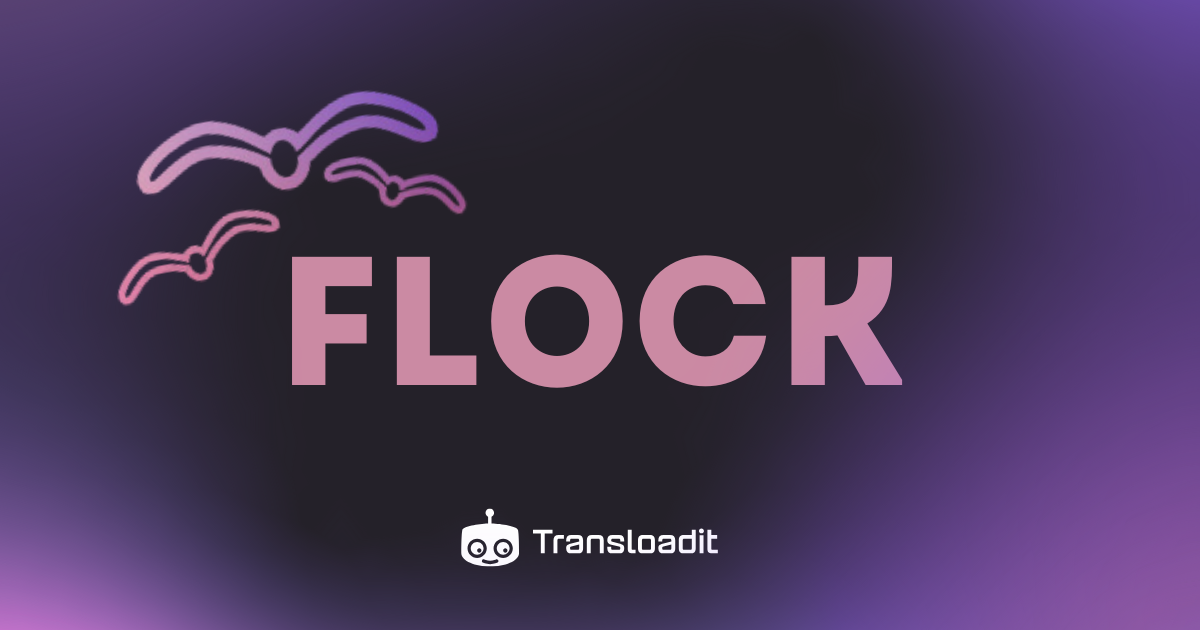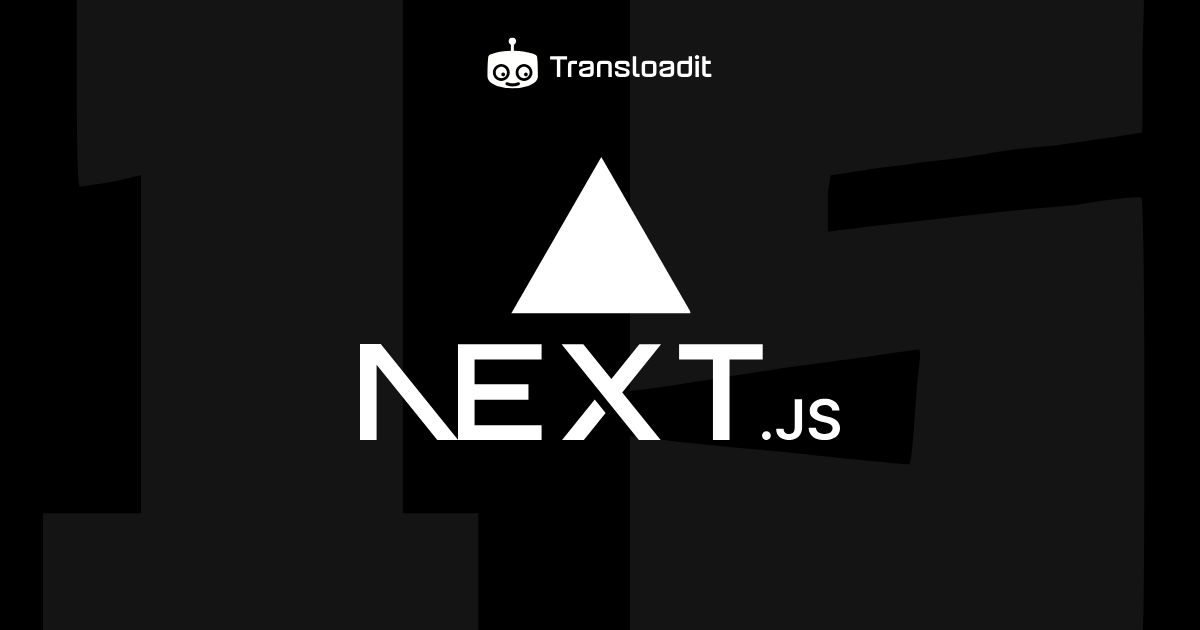The Dev Times #84

Halfway through each month, our newsletter for developers: The Dev Times, brings three reads that our own developers found interesting on the web, and two Transloadit updates that may interest you.
Svelte 5.0 - a ground-up rewrite
Several editions of the Dev Times ago, we covered Svelte's new reactive state pattern – runes. Well, runes have now made their way into a major Svelte release, with the advent of Svelte 5.0. Ironically, runes aim to remove some of the magic hidden by the Svelte compiler, by making it explicit where the reactive state is defined in your application. Packaged along with this change are many other major improvements, including native TypeScript support, performance improvements and a new CLI tool. Explore more ›
Flock - forking Flutter
Flutter is a beloved cross-platform framework among its community. Unfortunately, due to limited resources, it struggles to keep up with the size of said community. With only fifty members of the core team working to serve over one million Flutter developers, some areas of the framework have ended up being neglected. That's the problem Flock is aiming to solve, by creating a fork that is more open to external contributions, while still keeping parity with the base Flutter framework. If you're interested in contributing, read the full blog to find out how you can get involved. Dive in ›
Next.js 15
Next.js 15 has been released! It is packed with features, improvements and bug fixes – as well as some important breaking changes that alter how you think about requests in Next. Perhaps one of the more controversial changes involves pages no longer being cached by default. Of course, this release contains many other changes as well, such as a simpler async request API, React 19 support and better client-side forms. Try it out ›
Implementing OCR in Android apps with Google ML Kit
Optical Character Recognition (OCR) can significantly enhance your Android app by enabling text extraction from images. Google ML Kit offers a robust OCR library that simplifies the implementation of this functionality. In this guide, we explore how to integrate OCR capabilities into your Android application. Check it out ›
Creating a simple image processing API with Python and Flask
Uploading files is a fundamental feature in many web applications, but the default file input element provided by browsers often lacks the aesthetics and functionality that users expect. In this DevTip, we teach you how to build a custom file uploader using JavaScript and HTML, creating a more engaging and user-friendly experience. Read more ›




